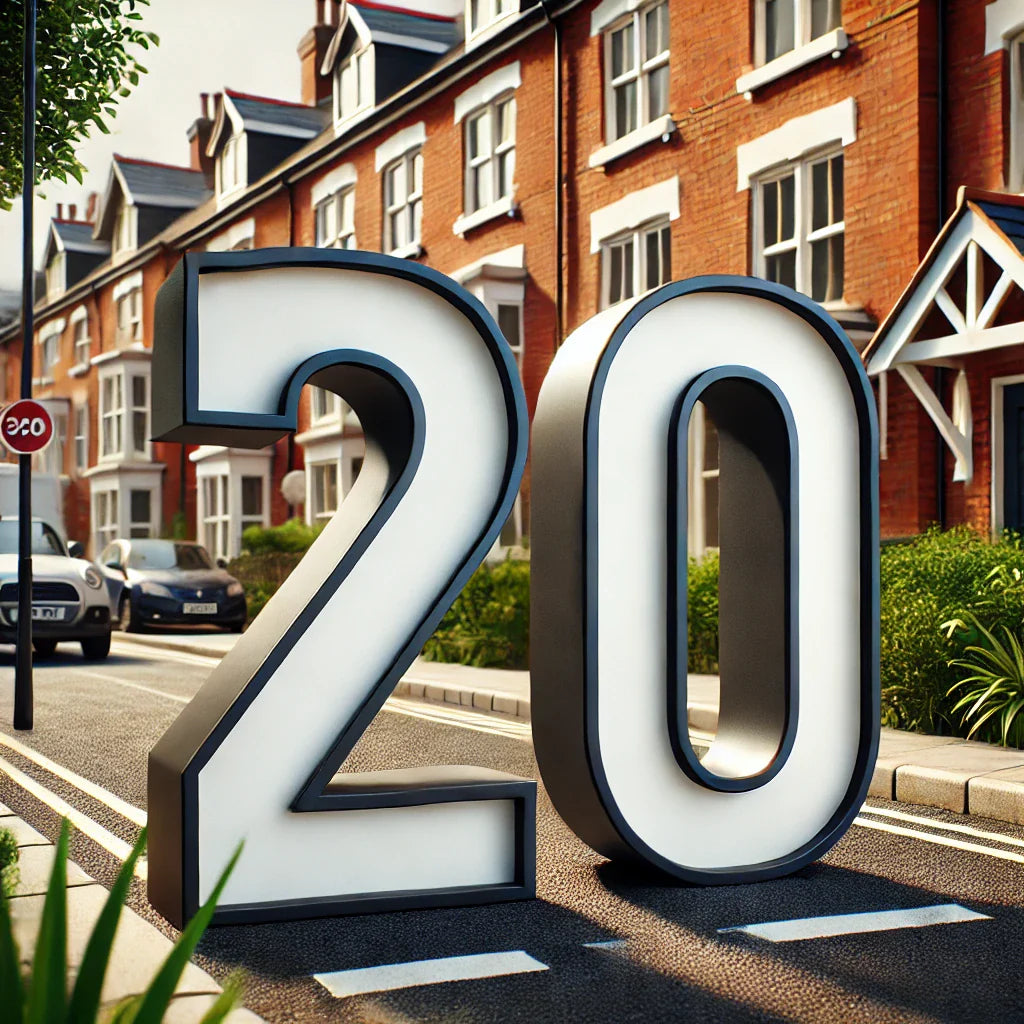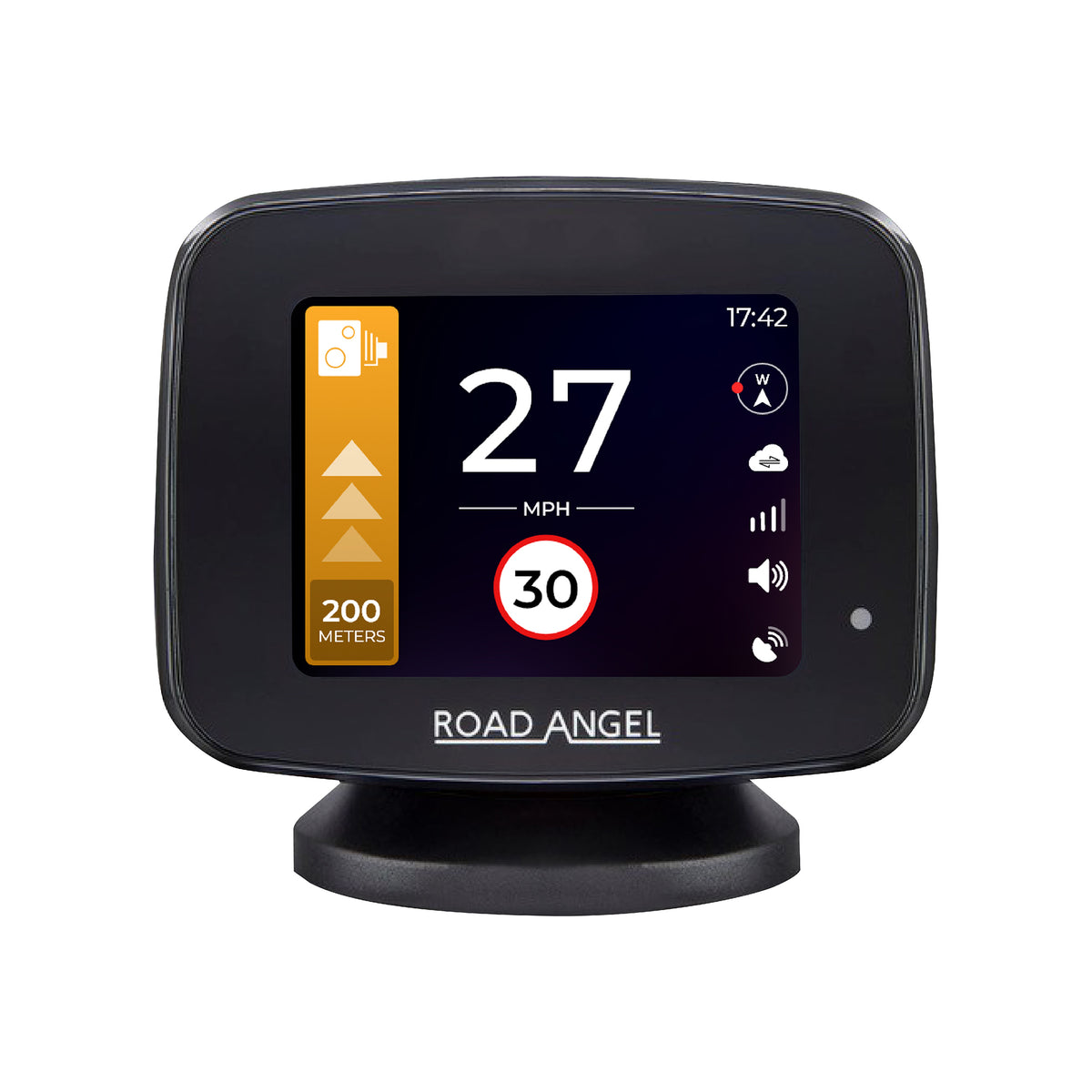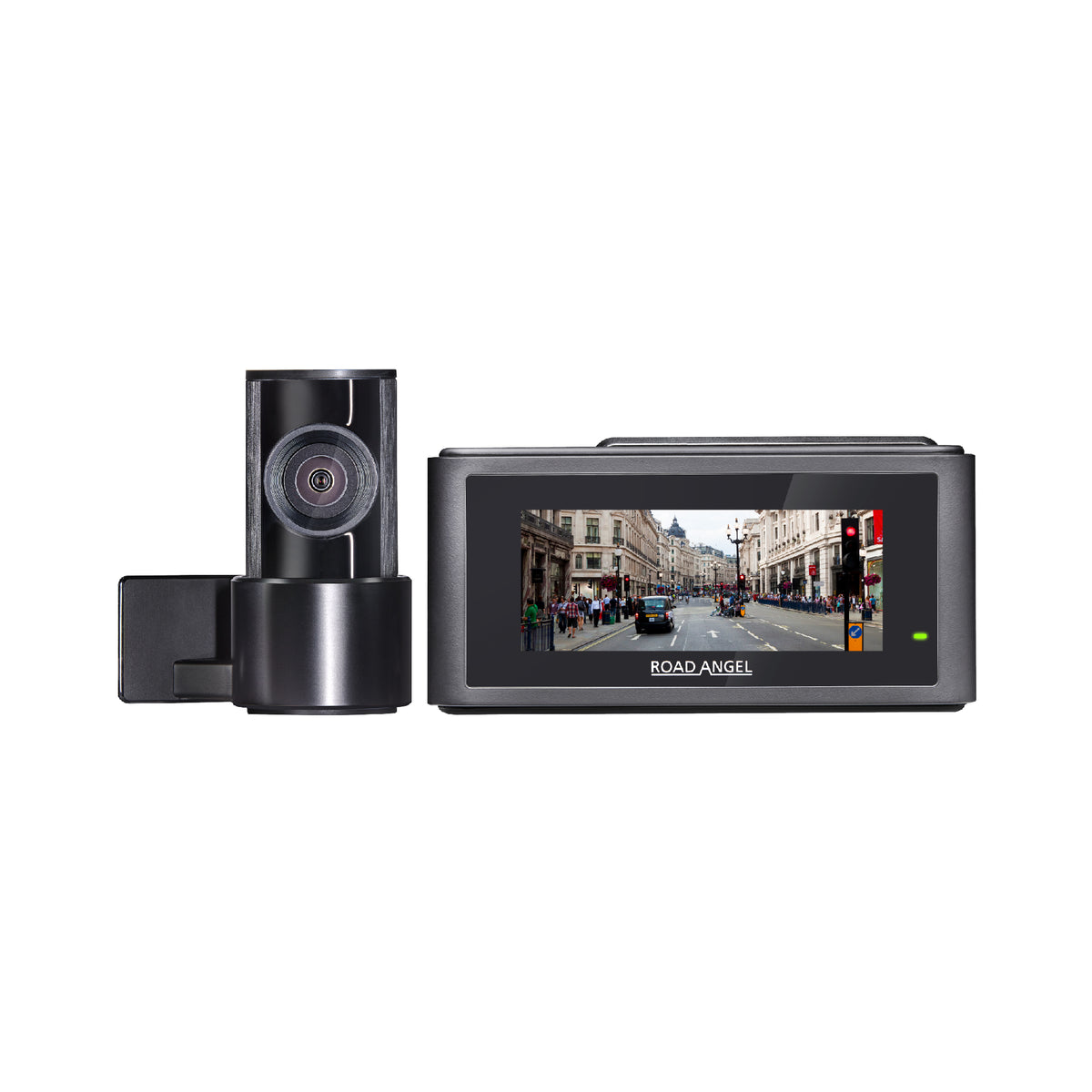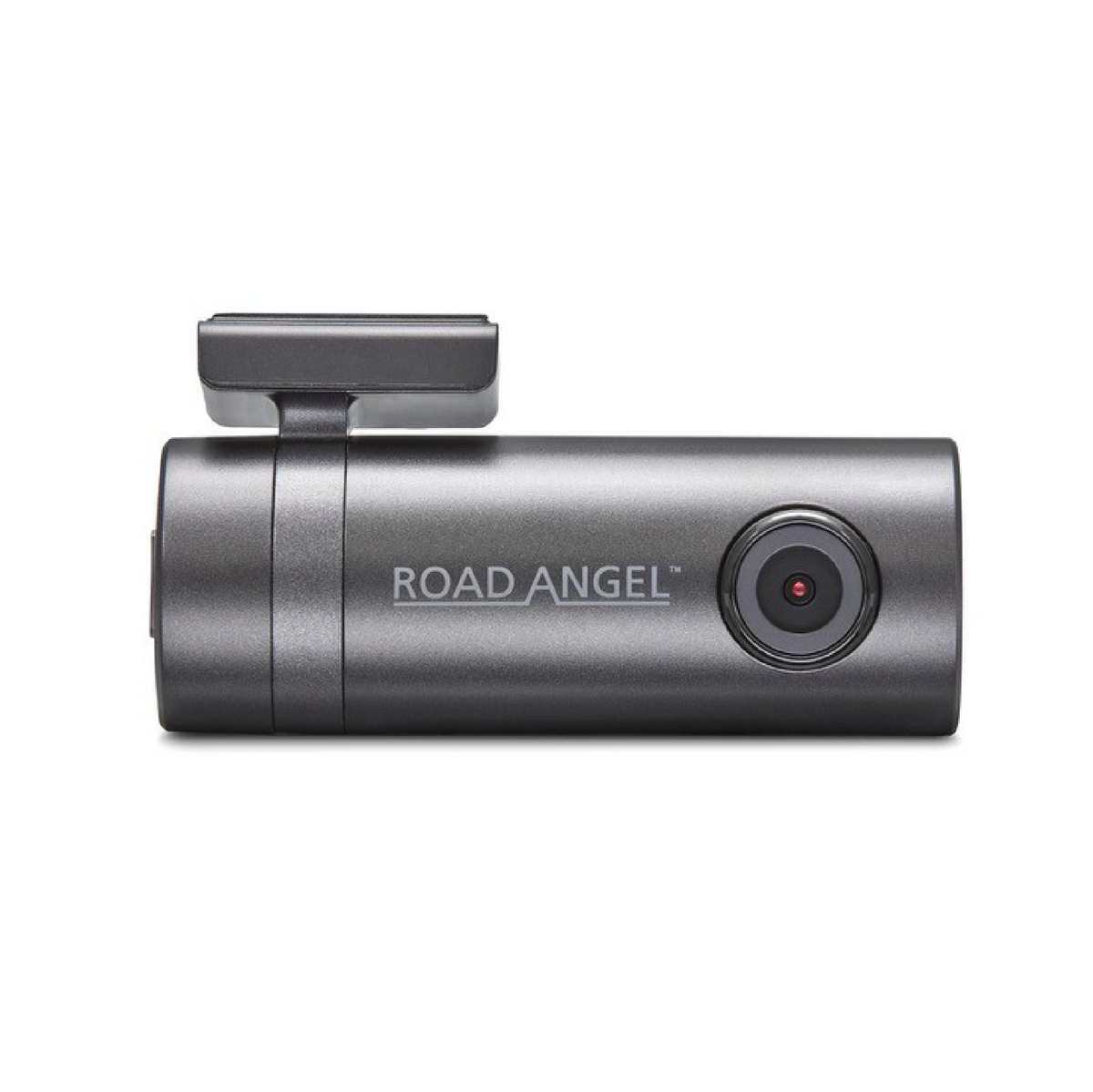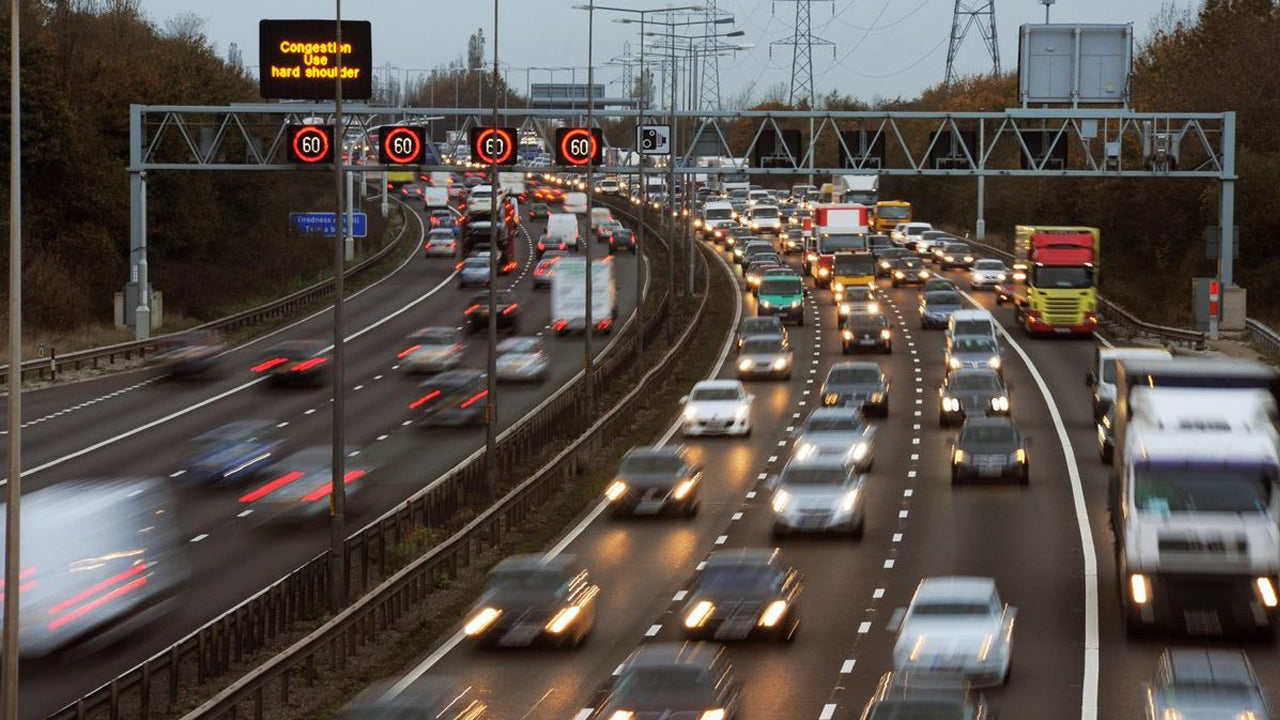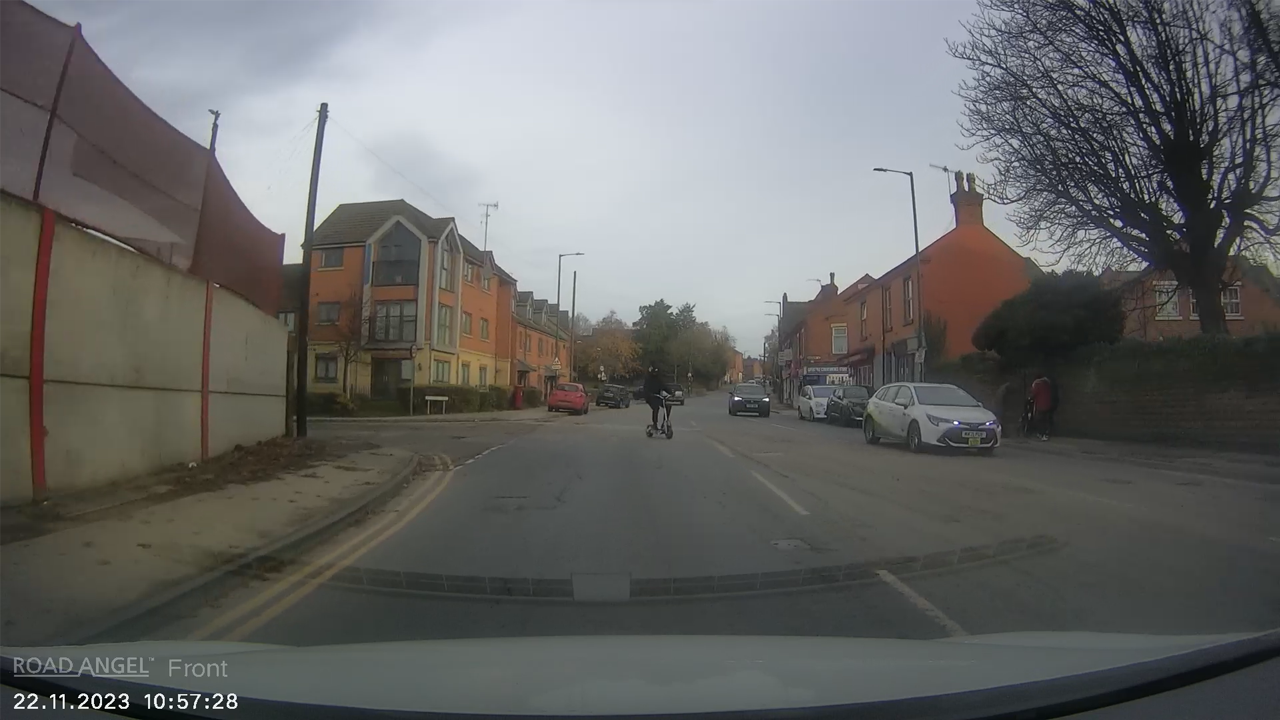Most residential areas in Wales and Scotland have now implemented 20 mph speed zones, and there is a growing possibility of similar measures being adopted in England. On September 17, 2023, Wales implemented a widespread reduction in speed limits for most residential areas, although certain roads will maintain a 30-mph limit.
The reception of these changes has been varied among the public, with reports of vandalism to some 20 mph signs. Despite this, a survey conducted in Wales revealed that 63% of respondents expressed support for a lower speed limit in their local areas. In our exploration, we delve into the distribution of 20 mph zones across the UK and examine their implications for motorists.
The research:
20 mph limits have become a contentious issue, so we asked a group of over 700 motorists to offer their thoughts on the 20 mph zones. We asked them:
- What do you think about the 20 mph zones?
- Have you noticed people tailgating you in 20 mph zones?
- Do you think people are following the 20-mph speed limit?
- Have you noticed congestion in your area since the government introduced the 20 mph zones?
- Do you have any other comments about the 20 mph zones?
1. What Prompts the Government's Implementation of 20 mph Zones?
The government is instating these zones with the primary goal of enhancing safety within residential neighbourhoods. Additionally, this initiative aims to mitigate emissions and enhance air quality in these regions. In Wales, the majority of 20 mph zones are situated in villages and town centres, often denoted as restricted roads online. According to the Welsh government, the introduction of these 20 mph zones could potentially result in annual improvements, including:
- 40% fewer collisions
- 6 to 10 people’s lives saved
- 1200 to 2000 people avoiding injury
The reduction could also make it safer for ‘active travel’ like walking and cycling. The Welsh government goes on to say that the 20 mph zones could:
- Make streets safer for children who are playing
- Improve safety within communities
- improve health and wellbeing
The zones could also reduce noise pollution. 34%** of drivers say that car noise is one of the most annoying driving habits.
Another benefit of the 20 mph zones is that they could positively impact car insurance premiums.
What our motor insurance expert says:
“The government has implemented the 20 mph changes in both London, Scotland and Wales. Opinions on the 20mph zones are divided, as some drivers feel frustrated with the changes. But a slower speed limit can benefit the environment and be safer for road users. This can be especially important for built-up areas, such as congestion zones or near schools and hospitals.
"The speed reduction could also have a positive impact on car insurance prices. A lower speed limit could mean fewer accidents, which means fewer claims. So eventually, the 20 mph zones could help reduce premium prices overall.”
Louise Thomas, Motor Insurance Expert. Confused.com
This marks just one of the modifications aimed at promoting active travel. In 2022, the Highway Code underwent revisions to prioritize the safety of vulnerable road users, including cyclists, horse riders, and pedestrians. Among the updates, drivers are now required to yield to pedestrians crossing at junctions, and when overtaking cyclists, a minimum clearance of 1.5 meters is mandated.
For residents within regions newly designated as 20 mph zones, we sought their opinions on this recent alteration:
- “So far, I don't have an issue, the roads that have been changed seem mostly to be sensible ones in residential areas.” Sean, 55
- “Around schools and side streets, then 20mph is more than adequate and sensible.” Annette, 49
- “All for it. If it creates a safer environment for our communities and saves lives, then it's a no-brainer. I understand people's frustrations when behind the wheel, but I think when looking at the bigger picture, adding a few more minutes to a journey is a worthy sacrifice if it means keeping people safer.” David, 36
But not everyone is so keen on the zones:
- “I have mixed feelings - some of the main roads have defaulted to 20 mph, which due to wideness seems ridiculous. It also feels very slow to drive on, causing most to just ignore it. But in residential areas and schools, I have no problem with it at all.” Jamie, 47
- “Some roads need to be looked at again as you switch from 20 mph to 30 mph and back in a short distance. There are also a few roads that still need to be marked.” Martyn, 35
2. Are the 20 mph zones enforceable?
If you exceed the speed limit in a 20-mph zone, law enforcement may stop you, issue a £100 fine, and assign 3 penalty points to your driving record. However, authorities are allowing a 12-month grace period for drivers to acclimate to the new regulations.
Rather than an immediate fine, drivers may be required to watch a video highlighting the perils of speeding, though the application of this measure depends on the extent to which the speed limit is exceeded.
South Wales Police Assistant Chief Constable Mark Travis, said:
- “Where we find people driving above 20mph, we stop drivers and speak to them about the dangers and risks of driving above the speed limit.
- “We won't be taking enforcement action against those people who are actually engaging with us and trying to bring their speed down - so they won't receive a fine.
- “The people who will be fined will be those driving at the highest levels. Ultimately, if necessary, we will enforce - but that is always a last resort for us.”
However, this exemption doesn't extend to locations equipped with speed cameras. Should a speed camera record your violation in a 20-mph zone, you might be required to attend a speed awareness course. Alternatively, if your speed significantly surpasses the limit, legal proceedings could ensue, potentially leading to a court appearance.
What our motor insurance expert says:
“The 20 mph changes have been put in place for a reason and choosing to ignore could get you into trouble.
"If you’re caught speeding, motorists could land themselves with a ticket, points on their licence or be asked to attend a speed awareness course. If you end up with points on your licence, the lowest you could pay for your insurance is £769* on average.
“Roads with the 20mph should be clearly signposted, but if you're unsure, information on any changes should be available on your local government website, if it applies."
*Confused.com data October 2022-October 2023
Louise Thomas, Motor Insurance Expert. Confused.com
3. I’m not sure if I’m in a 20mph speed limit zone, how can I tell?
Some drivers find the new 20 mph zones confusing. A motorist we spoke to highlighted this:
“I find it's really unclear when a road is 20 mph or not. There should be repeater signs every 50 metres but I know some major roads on my commute that don't have them.” Josh, 29
The Cardiff Council site states that:
- ‘Any signage that is in place indicating a 20-mph limit will be removed and there will be no signage in place to remind you of the speed limit - much in the same way as current 30 mph limits’
A signage indicating a 20-mph limit typically appears at the commencement of the zone. However, in residential areas or city centres, it's generally safe to assume a 20-mph limit. Additionally, if lampposts are spaced no more than 180 meters or 200 yards apart, the area is also designated as a 20-mph zone.
Contrary to the past association of such lamppost configurations with a 30-mph zone during driver education, it is now reasonable to infer that these areas have transitioned to a 20-mph limit.
4. Why are people tailgating me in the 20 mph zones?
There have been observations of tailgating incidents within 20 mph zones, which occur when a driver follows too closely behind another vehicle. This phenomenon could be attributed to the less stringent enforcement of speed limits by either speed cameras or law enforcement. Alternatively, it may stem from drivers perceiving the prescribed speed limit as excessively slow.
We inquired with motorists about their observations regarding an increase in tailgating within 20 mph zones:
- “All the time. Some just will not abide by the rule.” Jamie, 47
- “Yes, lots, especially on the commute to or from work, but I had plenty doing the same when I was going 30 mph on those roads.” Martyn, 46
- “Yes! But those same people are very likely the same ones that would have tailgated me when the road was 30mph. I'm a motorcyclist, so tailgating is a big issue for me. It’s not exaggeration or hyperbole to say that it is quite literally lethal to bikers. And we can be killed just as easily at 20mph as we can at 70mph. There is zero excuse for tailgating, ever.” Byron, 41
Whether you find yourself tailgated on a 50-mph highway or within a 20-mph zone, the recommended course of action remains consistent. Safely pull over or allow the tailgater to pass. Reacting with frustration or displaying discontent in your rearview mirror could potentially exacerbate the situation.
5. Could 20 mph Zones Cause Traffic Congestion and Prolong My Travel Time?
According to research conducted by Transport for London, the effect on journey times is deemed 'negligible.' The organization asserts that delays at junctions, rather than vehicle speeds, primarily impact travel durations. The only circumstance where journeys might be influenced is during off-peak hours when there is a reduced volume of vehicles on the road.
We sought input from drivers to gauge whether they observed heightened congestion in their locality due to the implementation of the 20-mph speed limit. Their responses were as follows:
- “There’s no worse congestion than usual caused by the 20-mph speed limit” Rebecca, 31
- “I don't think it's made any difference here” Sean, 47
- “Not really, there has always been congestion, especially in rush hour, meaning reaching 20mph in the first place is a challenge.” Jamie, 47
6. Are there plans to introduce 20 mph speed limits in England?
By the end of the year, 20 mph zones are going to be in these areas of London:
- Greenwich
- Kensington and Chelsea
- Lewisham
- Southwark
- Wandsworth
- Merton
- Bromley
- Lambeth
The government unveiled a driver-focused initiative on October 2, 2023. The plan addresses prevalent challenges encountered by drivers, such as parking, improving overall travel experiences, and ensuring equitable traffic enforcement.
Within the plan, the government specifically addresses the 20-mph zones, expressing its intent to guide local councils in England to prevent the 'inappropriate blanket use' of these zones. This aspect has been a primary point of contention regarding the 20 mph zones in Wales.
drivers we interviewed shared the following perspective:
- “I’m happy with 20-mph zones in residential areas, around schools and shops. But some of the larger roads that have been made 20 mph seem a little excessive and I think it would have made it less controversial if it wasn't a blanket rule.”
- “I think the introduction of the speed limit made things worse than the limit itself. The lack of clarity means there's confusion about the correct speed for the road you’re on. They’ve also been slow in some areas to take down old signs. So, some roads have 20 mph signs and 30 mph signs. Because of this it’s not exactly easy to figure out what speed to drive at. This causes distraction to drivers.” Rebecca, 31
In Scotland, the Highlands took the lead in implementing 20 mph zones across their entire region. The majority of roads in Edinburgh now adhere to a 20-mph limit, and Glasgow is in the process of outlining initiatives to introduce similar zones.
The overarching goal of the Scottish government is to establish 20 mph limits in all residential areas by the year 2025.
As of now, there appear to be no imminent plans to implement 20 mph speed limits in Northern Ireland.
But it’s not just in the UK, 30mph and 20mph limits are being introduced across the world including in:
- Spain
- France
- Italy
- Finland
- Germany
- Ecuador
**Research carried out by One Poll on behalf of Confused.com of 2,000 UK drivers who have car insurance policies. This was conducted between 3 and 7 July 2023.



